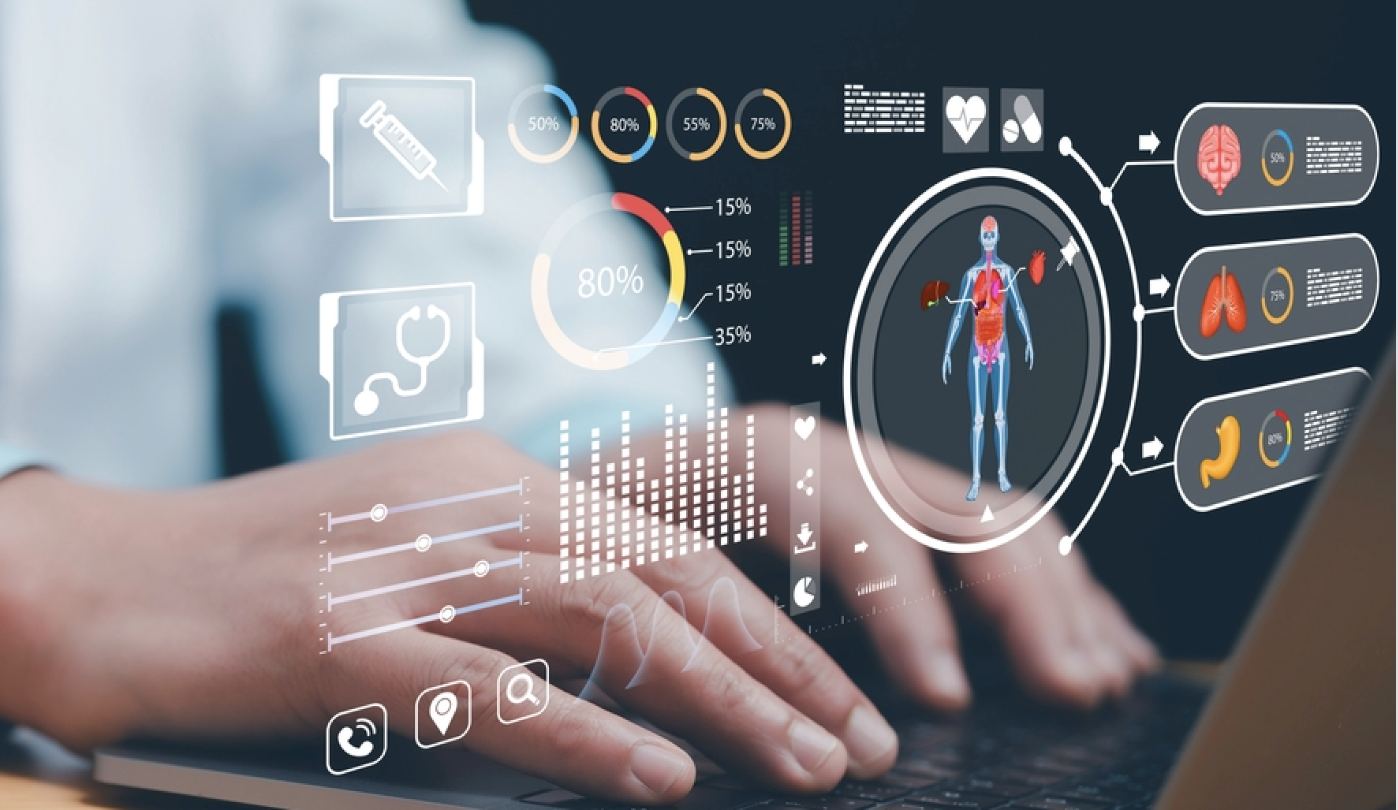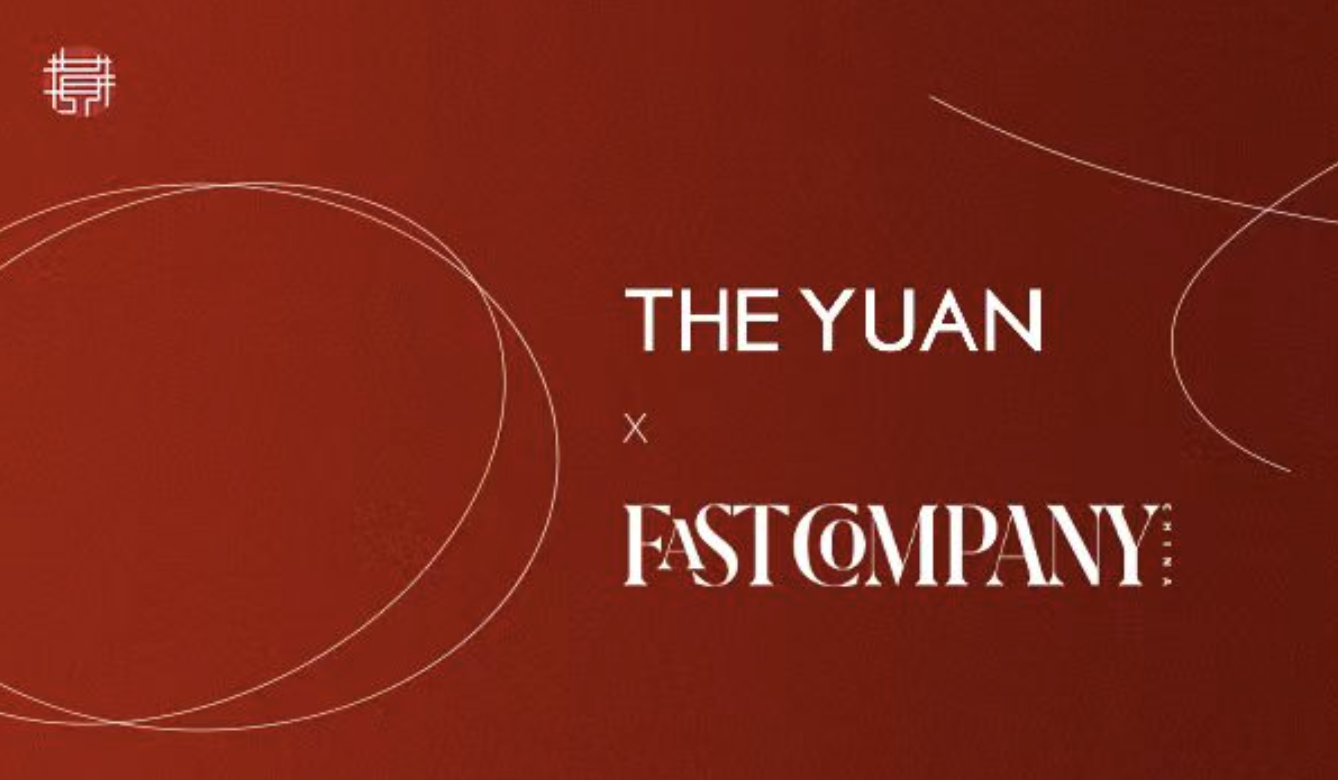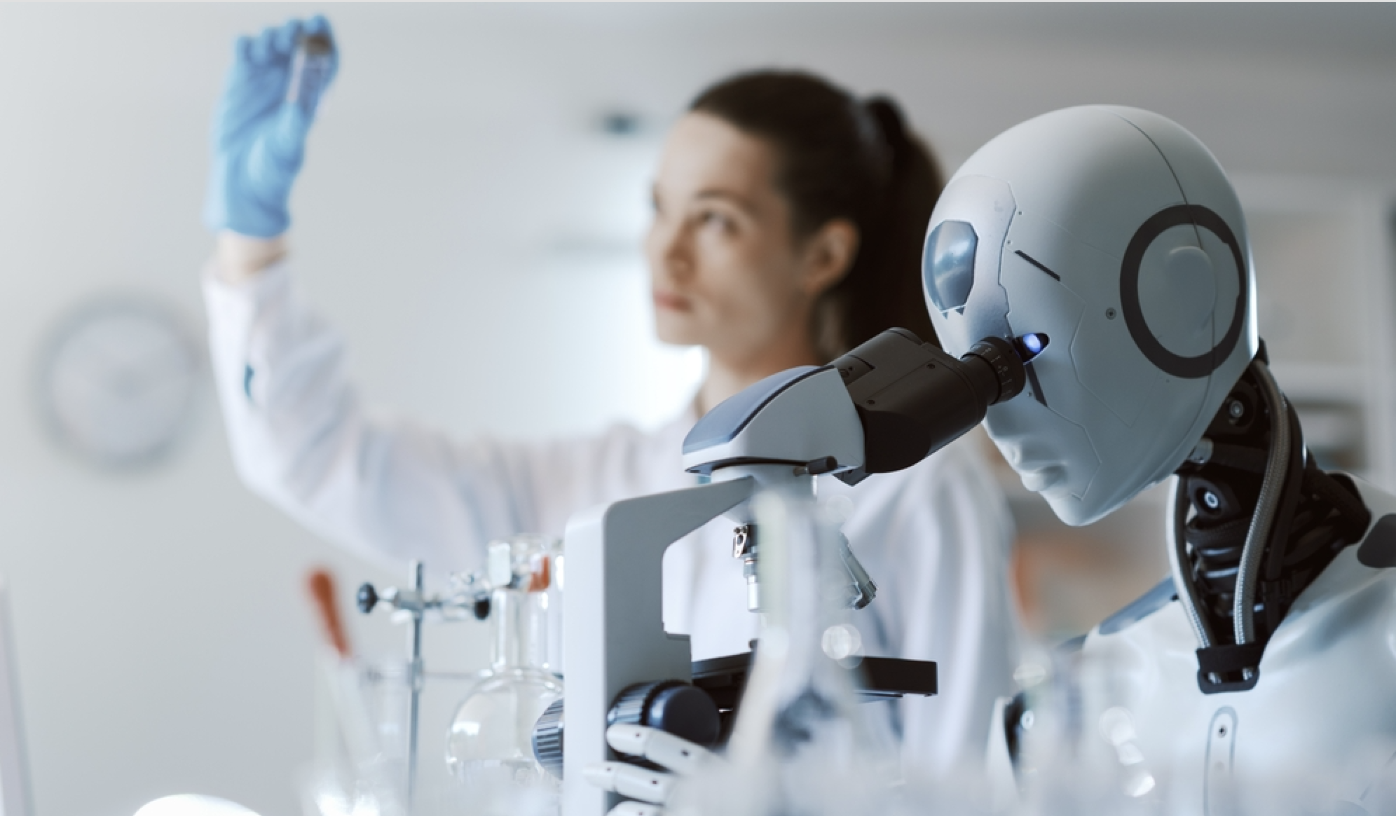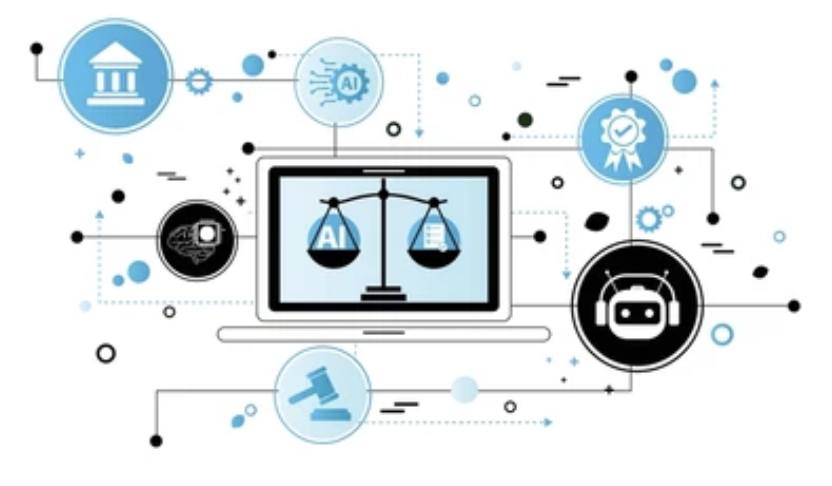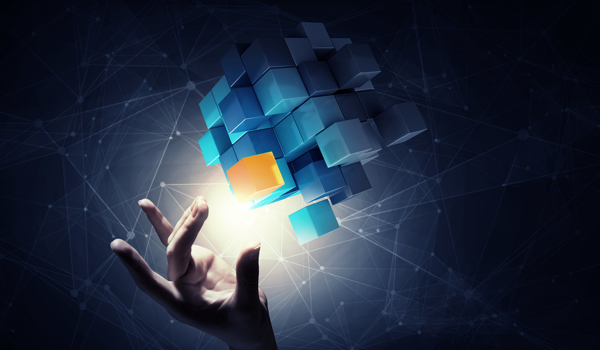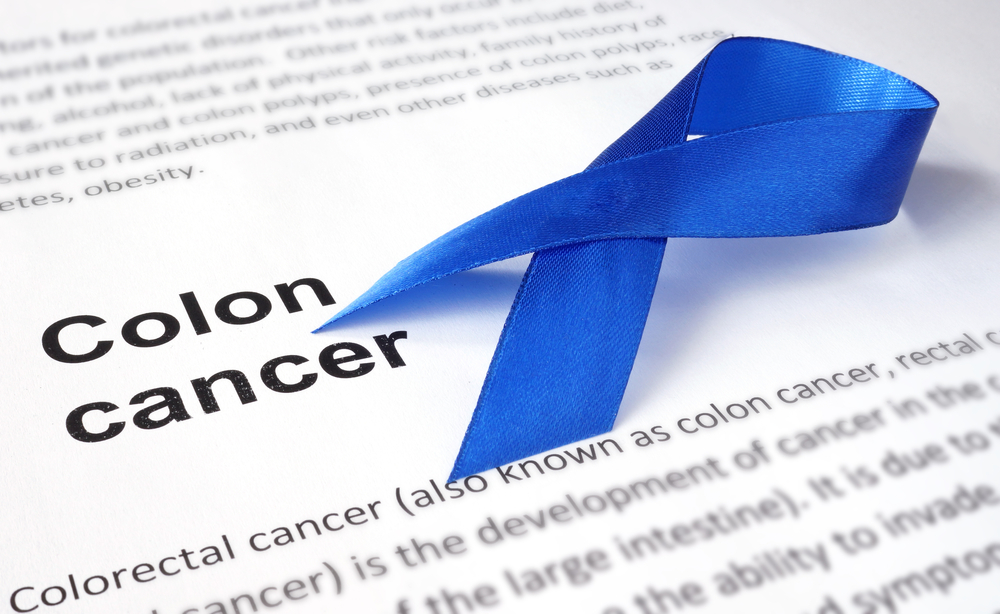


NEW YORK - Nowadays, deep neural networks or deep learning (DL) methods are applied on different datasets for solving problems in various fields, including healthcare. DL methods are an analogy of the human brain that is composed of millions of computational nodes connected to each other to detect a solution to solve a problem. Each node is responsible for filtering noisy data and calculating an output that is used as the input of the next node. Thanks to the high performance of DL methods, experts in the field of cancer biology and other complex diseases are focusing on applying DL methods to their image data, omics data and text data to detect important biomarkers to detect the presence of disease. Fig. 1 below shows the general scheme of the DL method for providing the outcome.1 Also, the following are some of the significant aspects of DL that are paying significant roles in the future of healthcare and cancer biology.

Fig. 1: The general scheme of DL for generating outcome based on various datasets1
Histology image processing
Histology refers to the microscopic structure of cells and tissues in an organism. Histology images are huge and must be segmented to detect objects. Advanced DL methods help to detect specific cell types and then associate that cell image with phenotypic data. Each image has thousands of pixels that are fed to the intelligent method - the deep neural network. Each deep network filters noisy pixels and cleans the image for more accurate detection of cells. DL methods are also able to detect hidden patterns in image data and the outcome - such as healthy cases or cases of disease - or the
The content herein is subject to copyright by The Yuan. All rights reserved. The content of the services is owned or licensed to The Yuan. Such content from The Yuan may be shared and reprinted but must clearly identify The Yuan as its original source. Content from a third-party copyright holder identified in the copyright notice contained in such third party’s content appearing in The Yuan must likewise be clearly labeled as such. Continue with Linkedin
Continue with Linkedin
 Continue with Google
Continue with Google










 1201 views
1201 views

